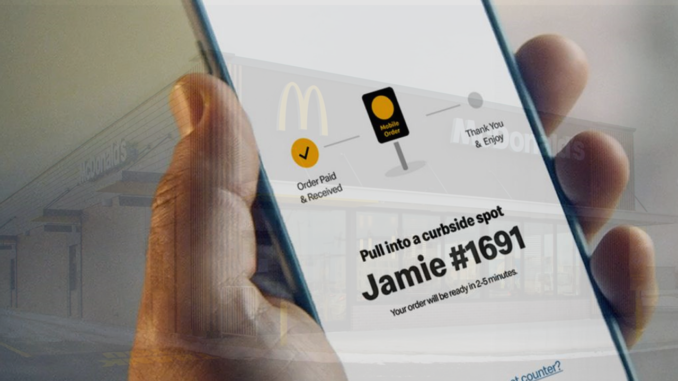
By Lea Mira and Orit Naomi, RTN staff writers - 5.13.2024
McDonald’s is overhauling its tech-enabled marketing approach by establishing a digital marketing fund, which will be supported by contributions from its U.S. franchisees. This strategic move is designed to modernize the fast-food titan’s marketing strategies, bolster its competitive edge, and solidify its standing in the digital realm, according to a report by CNBC, which referenced an internal company memo.
The company’s plan, which will take effect next year, requires U.S. operators to contribute to this digital marketing fund. This initiative is part of McDonald’s broader strategy to enhance its digital operations, which includes significant investments aimed at enriching its loyalty program and introducing new ordering channels, such as web-based orders that do not require an app.
During the first quarter, McDonald’s loyalty program members contributed over $6 billion to the company’s global system-wide sales. With 34 million active digital customers in the U.S. alone, McDonald’s is keen on using its digital prowess to attract and retain more customers, aiming to expand its loyalty program membership to 100 million by 2027.
To support these digital marketing efforts, McDonald’s is advising franchisees to allocate a portion of their existing marketing budget to the fund. Currently, franchisees must dedicate at least 4% of gross sales to marketing. Starting next year, U.S. operators will contribute 1.2% of projected identified digital sales, such as transactions made through the loyalty program or delivery orders, to the digital marketing fund.
This new funding model will also be adopted by franchisees in the U.K., Canada, Australia, and Germany, contributing to a global digital marketing fund. McDonald’s plans to extend this model to other markets gradually.
During company’s Q1 earnings call, President and CEO Chris Kempczinski highlighted the company’s ambitious goal to more than double the system-wide sales attributable to loyalty program users by 2027, increasing the total to 250 million members. He emphasized the company’s unique position for growth, leveraging its brand strength, global presence, and digital ecosystem.
Starting January 1, 2025, McDonald’s will reportedly launch the Digital Marketing Fund to accelerate its digital investments and enhance its competitive position, as outlined in a memo obtained by Restaurant Dive. The fund will encompass digital marketing tools like the MyMcDonald’s App, customer relationship management platforms, and consumer web tools in several major markets, including Australia, Canada, Germany, the U.K., and the U.S.
The fund, representing 1.2% of projected identified digital sales, will cover ongoing costs as McDonald’s expands its digital business. The company has proposed that the fund be financed through existing marketing contributions, aligning with feedback from Owner/Operators that digital tools are essential marketing resources and should be funded accordingly.
This strategic shift in marketing investment from traditional media to digital capabilities aims to personalize customer experiences, thereby driving profitability and enhancing customer lifetime value. Kempczinski underscored this point during the earnings call, noting the importance of adapting restaurant operations to meet customer demands for convenience, accuracy, and quality.
As McDonald’s continues to experience robust growth in its digital channels and loyalty program, with systemwide sales from loyalty members across 50 markets nearing $25 billion over the last 12 months and $6 billion in Q1 2024, this strategic shift in marketing underscores the company’s commitment to innovation and customer-centricity in the digital age.

